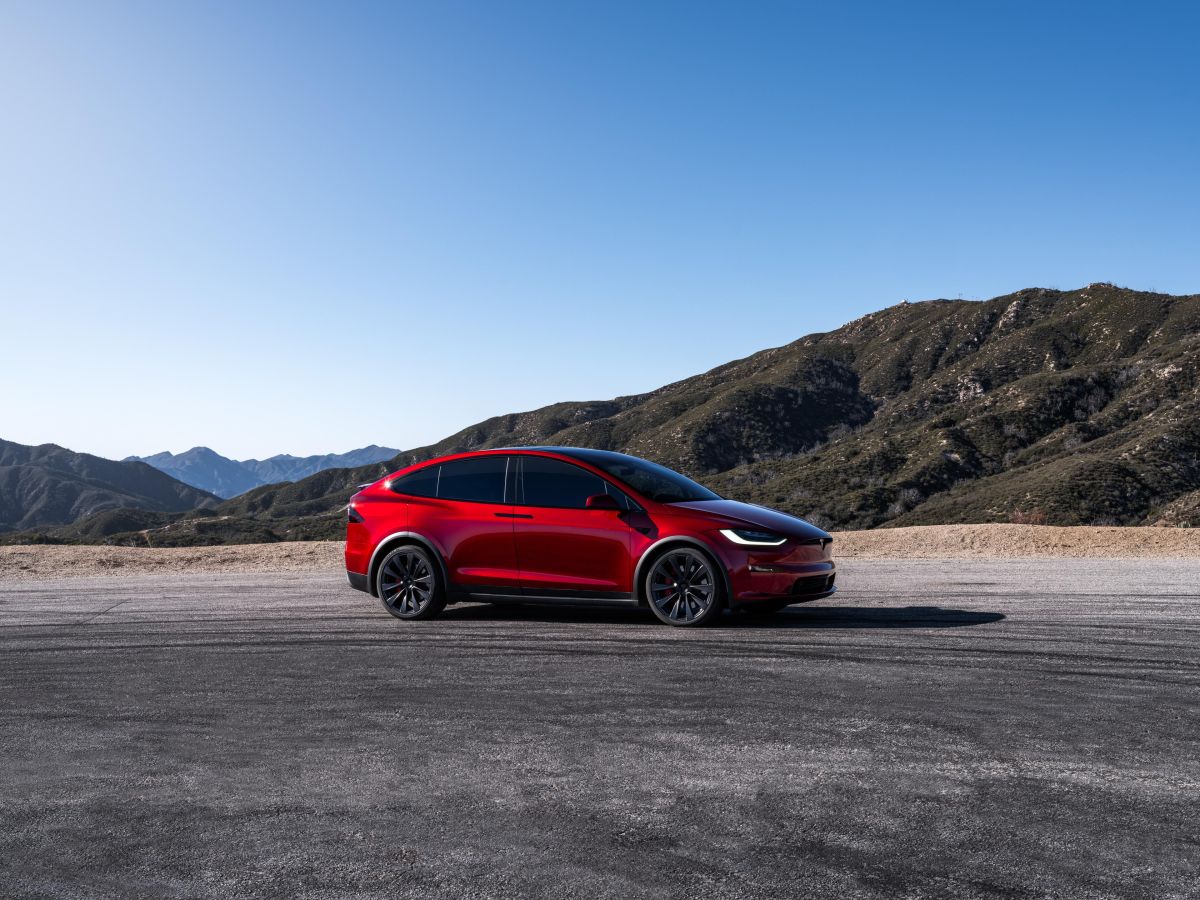Tesla's 2024 delivery numbers reflect its first annual decline in history as the EV pioneer contends with intensifying competition and operational hurdles.
The automaker reported total deliveries of 1,789,226 vehicles for 2024, down from 1.81 million in 2023. Fourth quarter deliveries reached 495,570, a slight increase from the prior year's 484,507, but fell short of analysts' expectations of 504,770 vehicles. Tesla's Q4 production stood at 459,445 vehicles, pointing to inventory buildup.
“This marks a turning point for Tesla,” Sam Fiorani, vice president at AutoForecast Solutions, told CNBC. “The competitive landscape is rapidly changing, and Tesla is no longer the only major EV producer in town.”
Tesla's stock, which rallied 63% in 2024 after a difficult first quarter, fell by 7% following the report. The automaker’s price cuts and incentives, aimed at boosting sales, were insufficient to offset delivery shortfalls in key markets like Europe and China.
Competitive Landscape and Global Challenges
In Europe, Tesla experienced a significant decline, with vehicle registrations dropping approximately 14% from January to November 2024. November sales alone fell to 18,786 vehicles compared to 31,810 a year earlier, according to the European Automobile Manufacturers’ Association.
Meanwhile, in China, the Model Y maintained its status as the second best-selling model. However, its 5% sales growth lagged behind the broader EV market’s 8% growth, as rivals like BYD expanded aggressively.
“BYD and other Chinese brands are outpacing Tesla’s growth,” Fiorani added.
In North America, Tesla retained its dominance but resorted to significant price cuts and incentives, including for its popular Model Y SUV, to sustain sales momentum.
Operational and Strategic Shifts
Tesla’s challenges extended to its newest product, the Cybertruck. Despite high expectations, reports suggest growing inventory on used car lots and temporary pauses in production, signaling demand struggles for the angular, steel-bodied vehicle.
Elon Musk, Tesla’s CEO, touted plans to rebound in 2025 with lower-cost and autonomous vehicles. On an October earnings call, Musk projected 20% to 30% growth, emphasizing affordability and innovation as key strategies.
Tesla’s robust charging infrastructure and first-mover advantage remain strengths. However, the company must adapt swiftly as legacy automakers like Ford, GM and Volkswagen, alongside upstarts like Rivian, narrow the gap.












